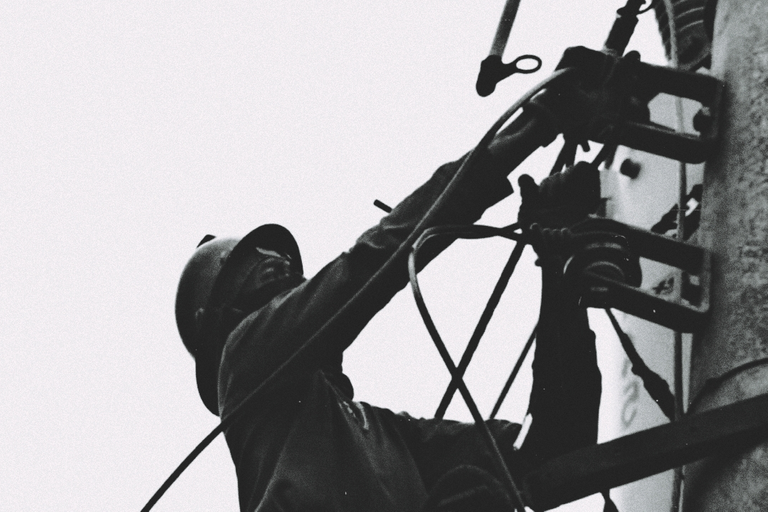
The darkness brings a deeper connection to ourselves. It allows us to drown ourselves with our thoughts. Every day when everything turns pitch black, I enjoy the tranquility. Besides, It was a long time since I experienced and appreciated how beautiful the city night sky is. More than a month and a half already, our electricity is still out of reach. I am losing my patience with how electrical restoration ran. I am hopeful that we will have light before February.
Life is different without electricity. It is such a hustle. When we say electricity is for a convenient life, it is an understatement since electricity is more than that. It isn't flicking a switch or sucking up dirt. It is a requisite for technology and the internet. It makes our lives appear more convenient and socialize beyond physical barriers. What we use and where we use it relies on electricity. We consider electricity as a gift of ease, comfort, and security. It also relieves our ennui while paying little attention to the wonders it bestows.
Human is not new to living without electricity. Our forefathers thrived and survived for thousands of years without electricity. But that is a different story. They are used to it, and it was an era that electricity was insignificant for most of their daily routines. While today, we grow reliant on electricity. Our routines anchored to it. Every comfort we enjoy can be lost when our outlets run out of juice. We can't have water in our taps or flush our toilets if we don't have electricity. Everything we used to enjoy became out of reach.
When our electricity goes out, our life will be in confusion and worry for a while, especially given our growing reliance on it. But some people lived without electricity every day since day one, while we complain about a few hours of downtime or a couple of weeks to a month. It is a sad truth, but it is our reality that over 900 million people lived without it. About two-thirds don't have electricity in Africa. A handful of Africans have survived without electricity, and we have seen how dreadful the consequences may be. On the bright side, they make a living out of such scenarios. While my situation isn't the same with our African brothers since I still can charge up my gadget over some charging station, I felt how hard it is to have no electricity.
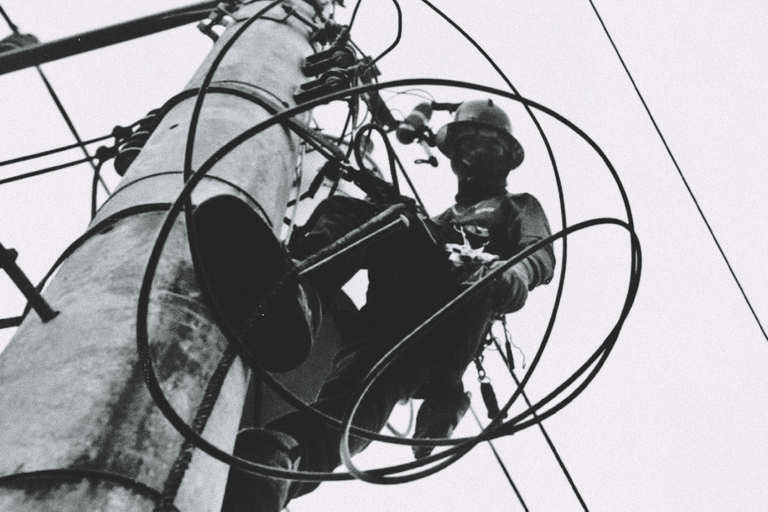
Taking too long?!
When Typhoon Rai devastated our homes, our electrical transmission system was compromised. We have had no electricity in our houses for over a month and a half now. Restoration continues as of writing, but it is taking too long. A few days after the typhoon devastation, I experienced the hustle and how terrible it is when electricity is out. Our communication lines and the internet were down. Potable water and gasoline became rationed since only a few stations provided services. Fish and meats prices bloated since the cost to run cold storage is a lot higher with generators. While it isn't totally that we can't have access to electricity by portable means to charge up our gadgets and emergency lights, running a generator costs a lot.
Disaster strikes in every place in the world, at all times of the year, and on various scales. What we do before and after a calamity hits us makes a difference. Electricity is central to how we can rise and thrive after a ravaging typhoon. Our apt response to restore electricity is key to effective disaster response. However, we can't reenergize our grid when most electrical lines and posts are out of commission. While our government can expedite clearing operations, it isn't an assurance that electricity commences after. The distribution utility needs to check the line integrity to ensure no untoward fire incidents after energization.
Although they designed our electrical grid to ensure reliability, we can't expect it to roll out electricity transmission directly after the typhoon. It would cause more problems than help with the situation. Understandably, electrical restoration would be a bit slow, but not slower. At first few days after the typhoon, our grid operator and distribution utilities work extra hours to energize critical sectors such as hospitals, gasoline stations, water services, and food manufacturing and storage. As restoration roll out, stories of corrupt practices become loud. At first, I thought it was heresy, but a couple of days ago, police jailed some linemen after asking and taking bribes to restore power in residential areas.
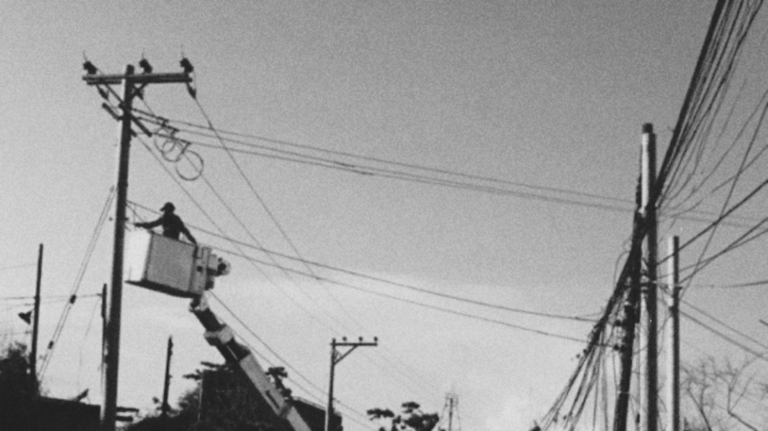
I have never experienced linemen from our distribution utility asking for a bribe to restore our power. But our power restoration seems to have taken too long. Over two weeks ago, contractors from our utility surveyed our area for power restoration, but they left without completing the work. They promised but never did. We reported our situation a week ago, and they promised to have personnel attend to our concern within the next five days. Last Friday, I went to their office to follow our power restoration. It turns out their area contractor restored our electricity already but we still don't have electricity. I never expected it. I filed another report for multiple houses. When my neighbors know what happened, everyone follows up with their restoration report. The utility assures to have electricity on or before January 31st. Hopefully, they performed. It is already testing my patience.
My situation isn't the same for others. Some had their electricity restored as early as January 15th, while others continue to thrive in the dark until today. I understand how electrical restoration will roll out and how much time it takes, but I am disappointed by how they rolled out power restoration in my area. When the contractors surveyed and visited our area, they performed line works up to a specific pole and left out the others, leaving about 50 houses in darkness. We can wait for our homes to have electricity restored, but what they did left questions. Why do they stop the linework and never return? It creates speculation whether the people living there paid to expedite their power restoration.
Some of our neighbors had electricity, and about 50 homes had no electricity, including mine. The same situation occurs in other areas. Maybe, we had a lapse of judgment as well. It was late already when we reported that our mainline cut. However, it still bothers me that it is the distribution utility task to survey and identifies faulty and broken mainlines after the typhoon. I had that impression because it is one of the responsibilities of the distribution utility to assess the extent of the damage together with the local disaster and risk management team.
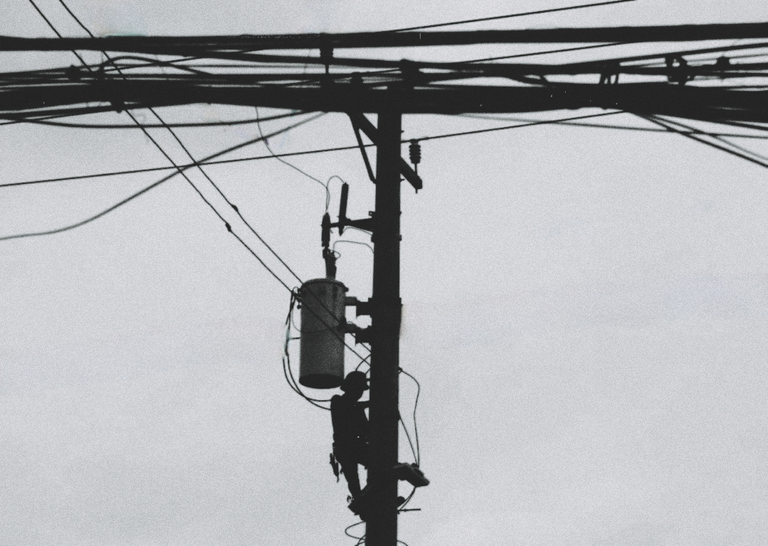
Effective Power Restoration
Our distribution utilities need to assess the extent, location, and severity of the damage incurred after the typhoon. It is the initial step to apt power restoration. Our local distribution utility adheres to that primarily on the main transmission and distribution lines but somehow failed to look into distribution lines inside residential areas. The problem was not on the planning but the implementation. When contractors from our utility visited our place, they never instructed us to report the broken main lines in our poles. But they promised that the next day some people attend to that. I only knew we needed to file a report after a lineman visited to repair my aunt's service entrance.
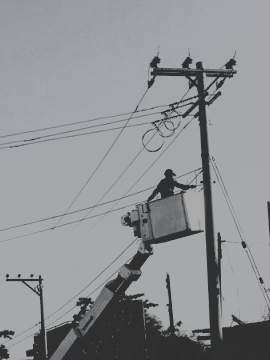
After assessing the damages, distribution utilities employ necessary physical and human resources for repair works. Our distribution utility was able to deploy linemen and engineers to do repairs. Other electric utilities in the region sent help, forming the task force Odette. It mobilizes the power restoration effort faster than usual, causing a week earlier energization of critical areas. Our distribution utility's power restoration plan prioritized the critical sectors before the general public. It allows slowly energizing the grid and allocating energy resources effectively. The key to a successful power restoration is effectively to assess the situation and implement the plan. When power restoration mixes with corrupt practices, it becomes slower, like a machine in the arcade that needs coins to move.
Our electrical grid has always been designed with redundancy in mind to ensure reliability. Resilience design thinking allows us to break free from fragile design and necessitates a mental shift. We need resilience design thinking and planning towards our electrical grids. While resilience is perceived as essential, it is by no means straightforward. If we pay less time for the ideal scenarios and spend more time thinking about the extremes, we can plan out better grids and adapt to calls of change. In that way, we can address what we missed out. Our disaster response will be much better.
Slow restoration, Duality of Experience
No one wished for the typhoon to happen. Our outage extended unexpectedly and at the spur of the moment. The sounds of crickets are soothing my nerves. The night sky is clear. After a long time, I enjoyed the stars. The darkness brings comforts of tranquility and wishes that things go back to what they used to be. The blackout brought a nice and calm night. I relished the stillness. I don't think about it as much, but a world without electricity demonstrates the duality of a moment when tranquility and turmoil coexist. I may seem counterintuitive, but tranquillity and peace arrive in the first second after we lose power before chaos and boredom take over. As our power restoration commences like a running turtle, our life has been on pause, and bouncing from our situation has been too slow. Our electricity may not be gone forever, but experiencing life without it for over a month is a two-faced experience, tranquility with deep thoughts and turmoil with anxiety.
| Readings and Facts |
|---|
| 1. Hannah Ritchie and Max Roser (2020), "Energy". Published online at OurWorldInData.org 2. Justin Vestil and Mae Fhel Gom-os, "3 arrested in power restoration ‘extortion’ invoking Visayan Electric", Published online at Sunstar 3. Enhancing the Resilience of the Nation's Electricity System. Washington, DC: The National Academies Press. Retrieve from NAP |
| Featured Photos |
| All featured photos are from the author. Othwerwise, it is explicitly stated. One or two photos in the text appeared in the author's blog about Climate Change and Resiliency. |

